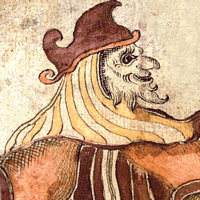
As punishment for his role in the death of the god Balder, the Norse gods imprison Loki in a cave, bind him with the entrails of his son, and torment him with a venomous serpent. The thirteenth-century Icelandic poet Snorri Sturluson writes that Loki will lie bound until Ragnarök, the final destruction of gods and humans. |

A Long Imprisonment |
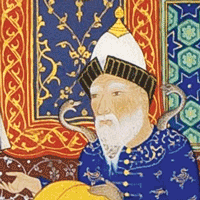 In a tenth-century Zoroastrian text, the hero Thraitauna tries to kill the tyrannical three-headed serpentine demon Azhi Dahaka, but scorpions and snakes crawl out of Dahaka’s wounds. To avoid contaminating the world with the creatures, Thraitauna traps Dahaka beneath a volcano forever. |
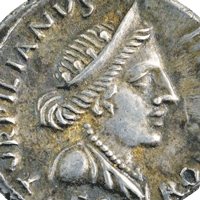 The fourth-century Roman grammarian Servius describes an ancient grove situated thirty-five miles from Rome that was consecrated to Feronia, a Sabine goddess of freedom who was especially popular among freedmen and freedwomen. In the sanctuary was a stone seat inscribed let well-deserving slaves sit and arise free. |

The Promise of Freedom |
 In the Book of Exodus, an Egyptian pharaoh enslaves the Israelites living in his kingdom. Their God, Yahweh, sends Moses to negotiate their manumission. The pharaoh refuses until a plague sent by Yahweh kills his oldest son. Moses leads the Israelites out of Egypt; after wandering in the wilderness for forty years, they conquer a portion of Canaan. |
 In a folktale of the Akan-speaking peoples of West Africa, trickster spider Ananse gathers earthly wisdom in a gourd, which he hangs from a tree. When he realizes some knowledge has escaped, Ananse empties the gourd, giving wisdom to the people gathered beneath him. |

Liberator of Knowledge |
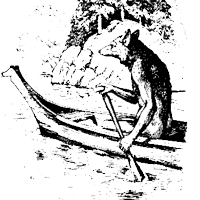 The mythology of the Karuk tribe of California recounts how Coyote brought them fire after stealing it from a group of mountain dwellers. Concealing a piece of bark between his toes, he lights it on one of their fires and, before it burns out, carries it down the mountain with the help of a relay team of swift animals. |
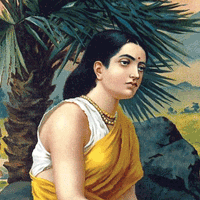 The ten-headed demon Ravana abducts Sita, the divine consort of the god Rama, and confines her to a secret garden in the fourth-century-bc Ramayana. Hoping to rescue his wife, Rama pursues and kills Ravana in battle. When Rama doubts Sita’s faithfulness during her time with Ravana, she demands to undergo a trial by fire and emerges unscathed. |

A Narrow Escape |
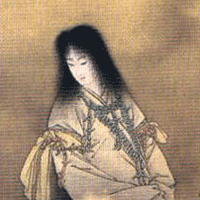 In the eighth-century Kojiki, the Shinto deity Izanami dies while giving birth to a fire god. Her brother (and husband) Izanagi follows her to Yomi, the land of the dead. Lighting a torch to guide their escape, he sees that Izanami is now a maggot-infested corpse. Pursued by his enraged sister, Izanagi flees and seals the entrance to Yomi with a boulder. |